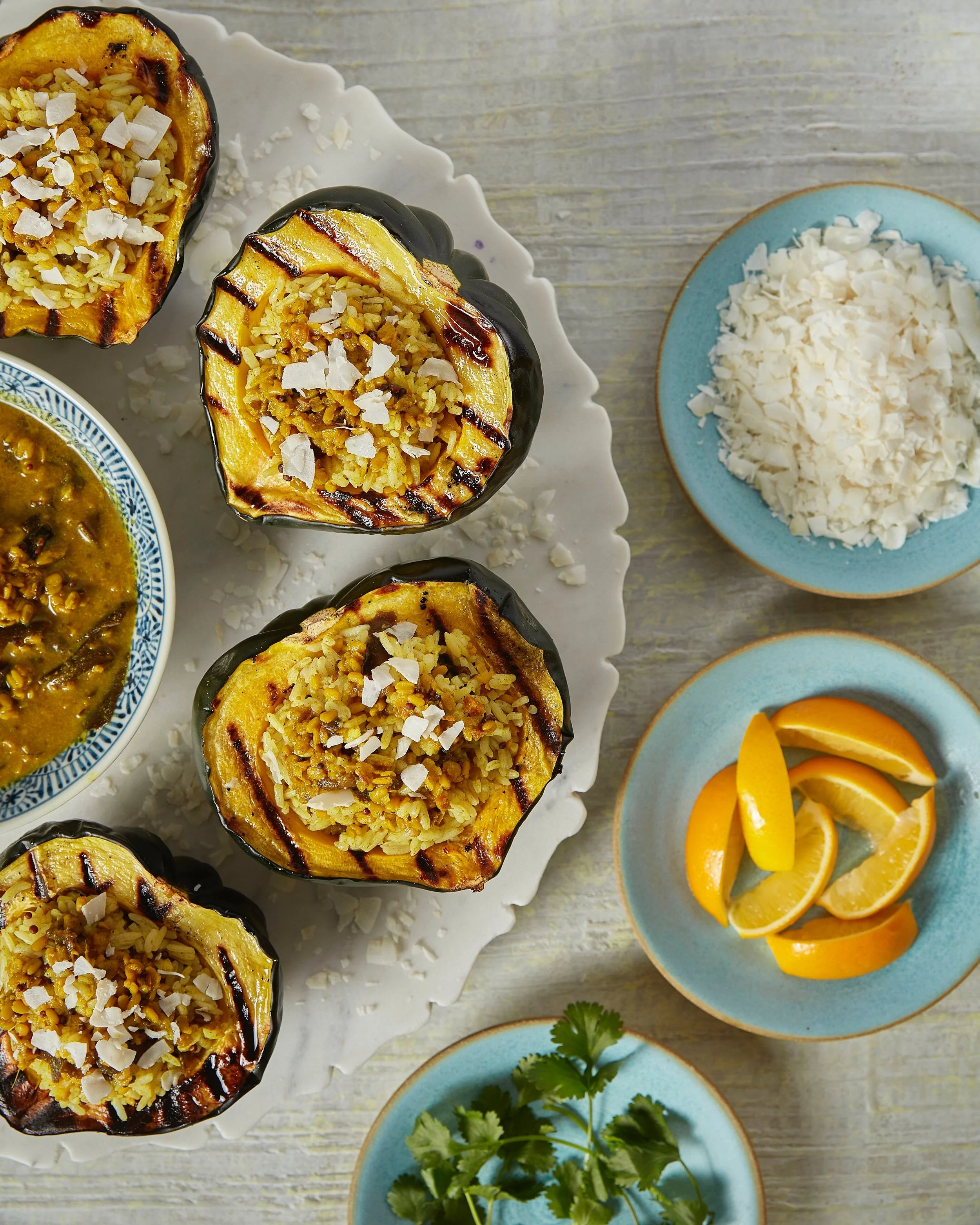What Are You Doing New Year's Eve?
Photography by Erin Kell. Styling by Keith Recker.
When it’s time to celebrate, a little sparkling wine can do wonders to set the tone. While champagne is the classic choice for bubbles, there is a whole world of lesser-known but exquisitely delicious options out there for the quaffing. But what to choose? TABLE Magazine contributor Celine Roberts offers some wonderful insight.
For the adventurous
Pétillant naturel (pét-nat), also known as methode ancestral, is the traditional way of making sparkling wine by bottling it when only partially fermented, allowing it to finish the process inside the bottle. This ancient method is becoming more popular with the rising global profile of natural wines. Single fermentation bubbly can be difficult for wine makers to control and requires a precise hand to bring out the true expression of the wine’s terroir, however when it’s well made, it produces a wine as unique as the farm it came from.
Pét-nats often offers a softer effervescence, as well as a wider selection of grape varietals to choose from. Because many pét-nats aren’t disgorged (the sediment isn’t filtered out of the bottle after fermentation), they can take on a cloudy appearance or contain naturally-occurring tartrate crystals or “wine diamonds” that settle at the bottom of the bottle. Let them settle and pour away!
This method of wine-making requires fewer steps and less expensive equipment so you can get excellent wines for a low price as well as selections from developing wine regions that may just be breaking into the global wine market.
Many producers of pét-nat are switching over to crown caps (like what you would see on a bottle of beer) because they are more resistant to damage than cork, preserving the wine and carbonation in a more controlled way.
Set a Mediterranean mood
Prosecco and cava have long been the go-tos for affordable but still traditional sparkling wines. Prosecco hails from the Prosecco region of northeastern Italy and is made primarily from the Glera grape (although winemakers will sometimes blend in a small percentage of indigenous varietals). If you’re scouting a top quality prosecco, look for one from Valdobbiadene, a hilly sub-region.
Cava is Spain’s answer to sparkling wine and is commonly made with Xarel-lo, Macabeo and Parellada grapes. Producers use the champagne method, which allows the wine to age “on the lees” (dead yeast cells from the primary fermentation) for a minimum of nine months. This creates a creamy texture and complex flavors such as brioche, almond, or hazelnut. Look for cava labeled as Reserva and Gran Reserva, which indicate longer periods of aging.
A little something sweet
If you’re looking for something to serve with dessert (or as dessert!), consider picking up a moscato d’asti or brachetto d’acqui. While these wines have suffered from a reputation of being cloyingly sweet, many are beautifully-made, highly aromatic delights. Moscato d’Asti is made from the Moscato grape and hails from the Piedmont region in northwestern Italy. This sweeter wine is often lower in alcohol (typically around 5 or 6%), gently fizzy, and bursts with aromas such as white flowers, apricot, peach, rose, and lychee. Perfumey and quaffable, it’s the perfect end to an evening.
Branchetto d’Acqui is made from Branchetto grapes from Acqui Terme, also in the Piedmont region, and is a rosé stunner. It’s a frizzante (semi-sparkling) and offers a light fizz with candied fruit notes - an excellent pairing with chocolate.
Read Celine’s helpful tips on selecting a classic Champagne — sparkling wine from the Champagne region of France.
12 Month - 6 issue subscription












Indulge in the taste spring with this delicious Cherry Galette